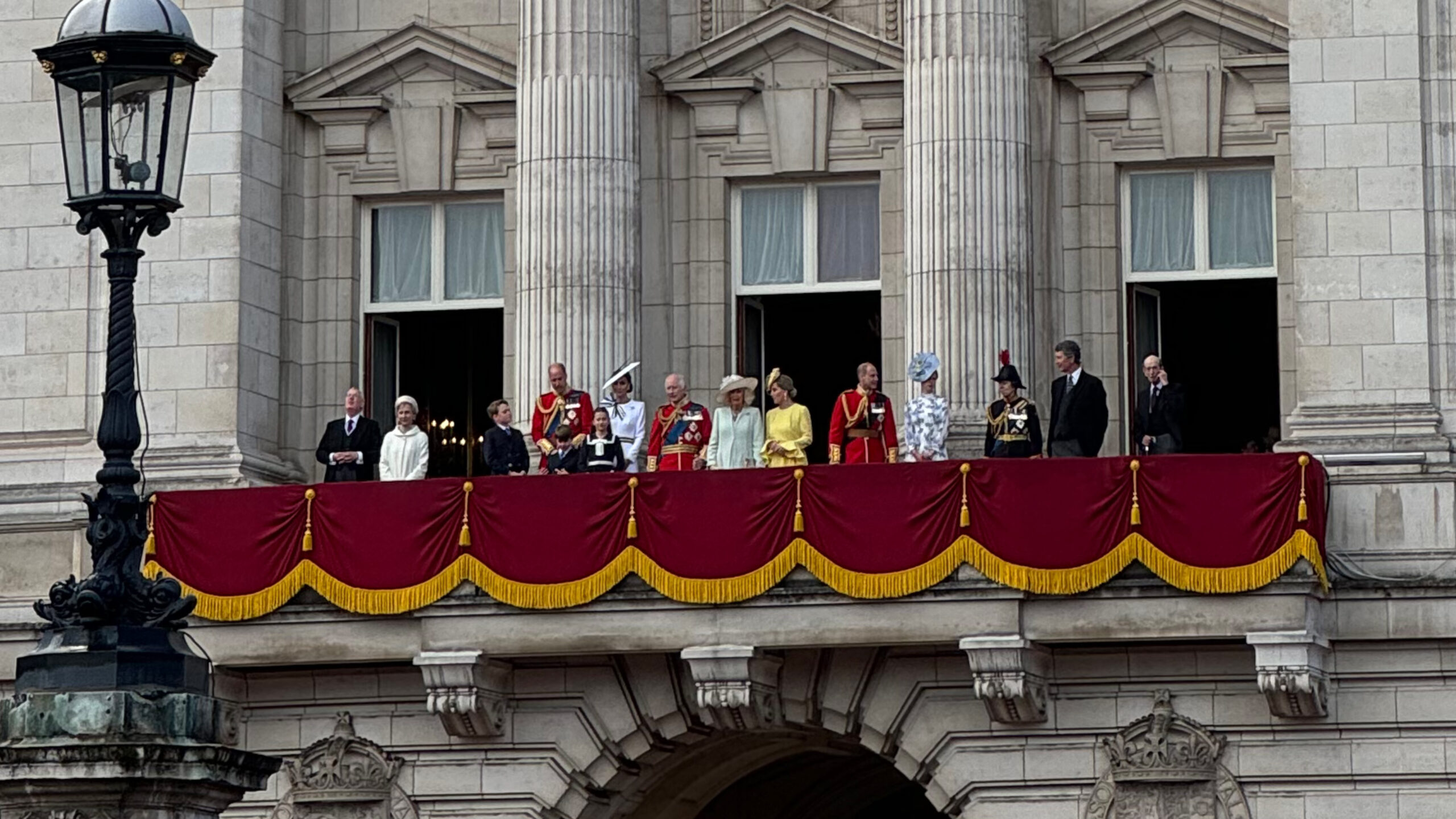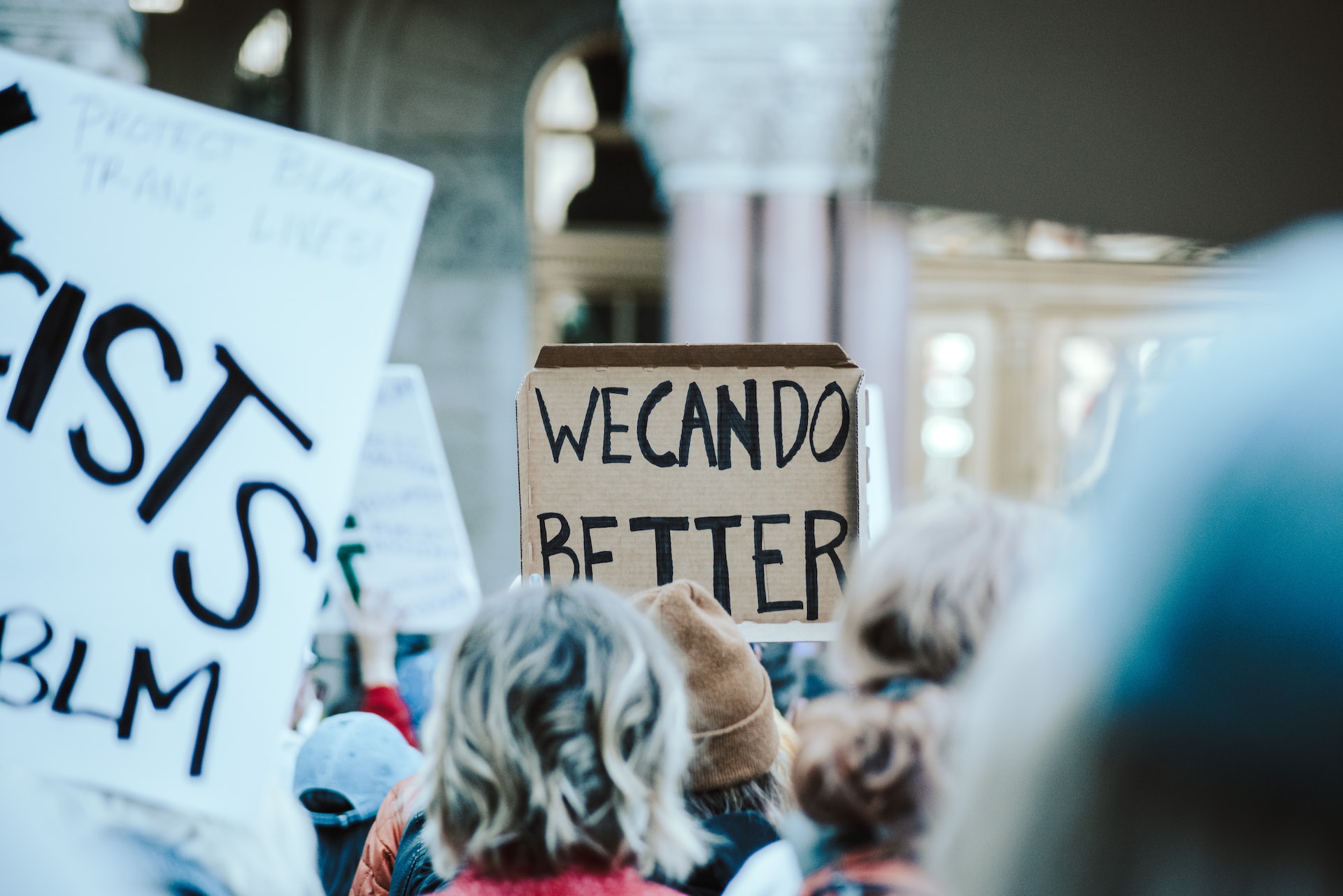Comment Editor Rayhan Hussain reflects on a tumultuous year for the British royal family, examining how personal adversity, health struggles, and public scrutiny have tested the monarchy’s resilience while reaffirming its enduring role in British national life.
When Queen Elizabeth II stood to deliver a speech at the Guildhall building in November 1992 to mark the 40th anniversary of her Accession, she conceded that the year had not panned out in the way the royal family had hoped. It was at this juncture that the phrase “annus horribilis” was given fresh prominence, to both her nation and the world alike.
The ever-dutiful monarch was reflecting on a disastrous year – which presented scandal, turmoil, and bad news at every turn. From the marriages of three out of four of her children breaking down in very public fashion – to her beloved Windsor Castle home being destroyed by fire – it was a remarkable display of emotion from our usually inscrutable Queen.

As we hurtle towards 2025, echoes of 1992 evoke a devastating resonance of the difficult year that the royal family have faced, in spite of the nuanced parallels. Plagued by health issues at the very senior level which propelled them to intense and shameful public scrutiny, as well as prolonged familial woes, it has forced them to navigate a tricky balance of protecting their personal privacy whilst carrying out their public duty under considerable challenges.
A Challenging Start
2024 began with significant personal news for two of the royal family’s most senior members. On 17 January, two significant and personal health updates. Catherine, the Princess of Wales would undergo abdominal surgery at a London hospital and cancel all her public engagements until Easter. His Majesty the King would also receive treatment for an enlarged prostate and his public engagements were similarly postponed.
On 5 February, Buckingham Palace announced that during The King’s treatment, a form of cancer was identified. He immediately began regular rounds of treatment, cancelling all public-facing duties. Prince Harry, who is all-but-estranged from much of the royal family, made an immediate dash from California to see his father in London.
For the Princess of Wales, several weeks of intense speculation and a social media circus decrying her whereabouts and demanding updates on her wellbeing led to a sinister series of events. Barring a spate of invasive paparazzi photos and videos, she had not been seen in public since Christmas 2023.
A harmless Mother’s Day portrait of Catherine with her three children released on 10 March was designed to defuse and reassure a restless public. Instead, it led to further confusion when several photo agencies issued so-called ‘kill notices,’ expressing concerns that the image had been manipulated.
Kensington Palace resisted calls to comment, until the pressure had reached fever pitch, and the Princess personally admitted to experimentally editing the family photo and apologised.

This only added further fuel to an already blazing hot fire. Social media was awash with an infestation of mis- and dis-information, with users questioning whether there was more to this story than meets the eye – as if they had an immutable and automatic right to answers.
Events reached a crescendo on 22 March when, around 5pm, I received a call from a friend in the media regarding an imminent update from the Palace. “It’s bad news Rayhan. She’s recorded a video message. It’s cancer.” I braced myself.
The announcement came at 6pm, in time for the six o’clock news bulletins and no doubt the next day’s front pages. I watched Catherine’s video message with a heavy heart, in admiration of her strength and dignity as she delivered her most personal message yet.
Significantly, I was getting ready to attend an event raising funds for those enduring cancer, organised by Guy’s Cancer Charity at Bush House. It was an evening filled with connotations of added symbolism and poignance as I reflected on those suffering from a condition which will affect one in two of us in our lifetime.
I wondered whether Catherine had felt compelled to release such a personal message to reduce the noise emanating from sickening trolls online. What a stark contrast between the dignified Princess and the despicable feeding frenzy which had been allowed to proliferate online.

The Royals Are Human Too
The King and The Princess of Wales’ respective cancer diagnoses, revealed to the public with an uncharacteristic air of openness and authenticity, have brought the notion of human vulnerability into sharp focus. Their lives are not mere headlines. Their significant health struggles represent the very real issues of those up and down the country.
King Charles has exemplified remarkable resolve, continuing public duty around his ongoing cancer treatment. Additionally, the King and Queen’s tour of Australia and Samoa in October reaffirmed their dedication to duty. The couple met with cancer survivors as well as medical researchers, turning a usually diplomatic visit into a human story of perseverance and strength. Despite growing debates around republicanism during the visit, their warm engagement with Indigenous leaders and local communities represented unity, tradition, and a devotion to service.
In navigating the challenges of 2024 and showing a bit more of their human side, the royals have reflected the nation’s adversity and perseverance. Their gracious ability to confront the personal with the public reinforces the relationship between the British people and their royal family. On 9 September, the Princess of Wales announced the completion of her course of chemotherapy, in a highly personal video of the family.
With Queen Camilla also having to cancel events after falling ill with a bout of pneumonia, never before has the presence of the royal family felt so bare. As the Prince of Wales and other members of the family take on more duties, it is a reminder of how central our monarchy is to Britain’s place in the world, our national identity and sense of continuity.
Strength and Resilience
The strength of the royal family is not just institutional – it is shaped around human connection and adaptability in the face of challenging times. The monarchy has faced challenges before, and each time it has emerged stronger by evolving with the nation it represents. Arguably the most unsettling period of Queen Elizabeth II’s reign was the aftermath of the death of Diana, Princess of Wales. The royal family faced accusations of being out of touch, unfeeling, too austere. Yet in the final decades of her reign, the popularity of both the monarch and monarchy as an institution remained steadfast.
Elizabeth II may never have spoken so openly about her health, but the royals’ new embrace of greater openness and accessibility emphasises that we are in a new era. The Princess of Wales’ ‘Together at Christmas’ carol service at Westminster Abbey last week honed in on a call for “love, not fear,” and “how much we need each other in spite of our differences.” We can similarly expect King Charles to touch on his family’s personal travails when he addresses the nation and the Commonwealth on Christmas Day.
In a time of political upheaval – and as wars rage around the world, it is perhaps a timeless reminder of the resilience and fortitude of our monarchy, and its ability to weather storms of varying natures. The Crown serves as a symbol of unwavering stability, of our British values, of our national life. It stood the test of time in 1992 – and it will do the same again.
















